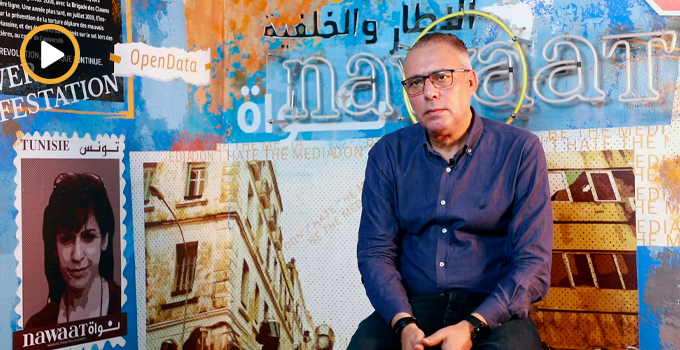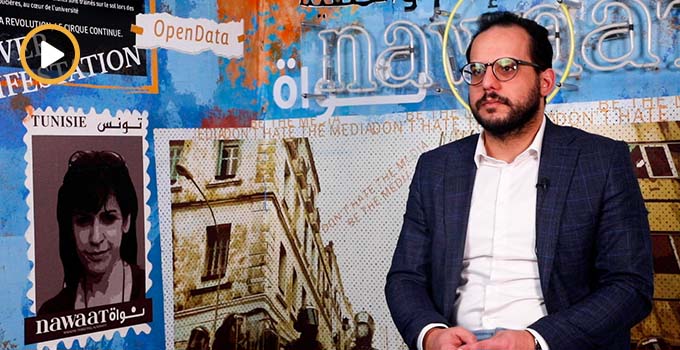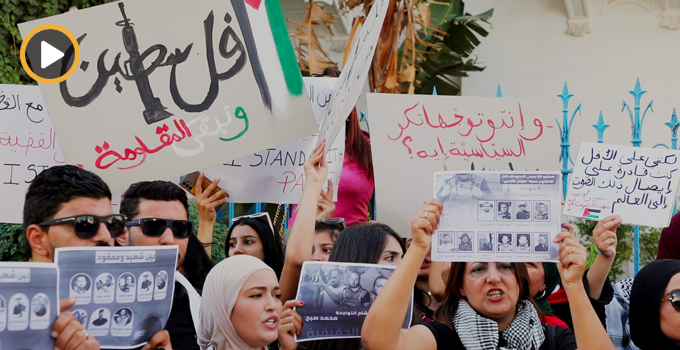ARTICLE 19 marked Human Rights Day (10 December) with the launch of a multilingual video tutorial produced by the A19 Mexico office which provides practical advice for journalists and bloggers attending protests.
From Independence Square in Kiev, Ukraine to Tahrir Square in Cairo, Egypt, the year of 2013 continues to be marked by pro-democracy and pro-reform demonstrations, which have swept through many countries and entire regions, unabated by government clampdowns or concessions.
In countries including Egypt, Bulgaria, Romania, Brazil, Turkey, Tunisia and Thailand people took to the streets to express their views. More than the exercise of collective dissent, as a common denominator and at the core of these protests is the call on governments to engage with grass-root movements and the public at large beyond the regular election process. Journalists and bloggers continue to play a central role in providing and relaying vital information.
ARTICLE 19’s Mexico office originally produced the informative protection video for protesters in response to growing violence during protests in Mexico City. Over the past 10 months, the office has witnessed a plethora of human rights abuses and has worked with journalists and civil society groups to document cases under a solidarity network called #RompeElMiedo
The protest protection video is just as relevant to Mexico as it is to the rest of world, and is now available for all to watch and share amongst their networks in English, French, Arabic and Russian.
Know your rights
International standards guarantee the freedom of expression and the right to peaceful assembly as foundations of a functioning democracy. Peaceful assembly helps to ensure that all people in a society have the opportunity to express opinions that they hold in common with others.
The right to freedom of expression and the right to freedom of peaceful assembly are not guaranteed in absolute terms and may be subject to narrowly tailored limitations. Limitations must comply with the three-part test under the following terms:
Provided by law: all limitations must “be formulated with sufficient precision to enable an individual to regulate his or her conduct accordingly and it must be made accessible to the public.” It should be noted that limitations on the right to freedom of expression must be “provided by law”, whereas limitations on the right to freedom of peaceful assembly must be “in accordance with law”.
Legitimate aim: all limitations must be in pursuit of a listed “legitimate aim”, namely: respect for the rights or reputations or others; the protection of national security or of public order; or the protection of public health or morals. Additionally, the right to freedom of peaceful assembly may also be restricted to protect public safety.
Necessity and proportionality: States must demonstrate in a “specific and individualised fashion the precise nature of the threat, and the necessity and proportionality of the specific action taken, in particular by establishing a direct and immediate connection between the expression and the threat.” Moreover, this must be supported by evidence and should not be speculative. The restriction must also not be overly broad and must be the least restrictive means available for achieving the protective function. Account must also be taken of the form of expression and the means of its dissemination.





iThere are no comments
Add yours